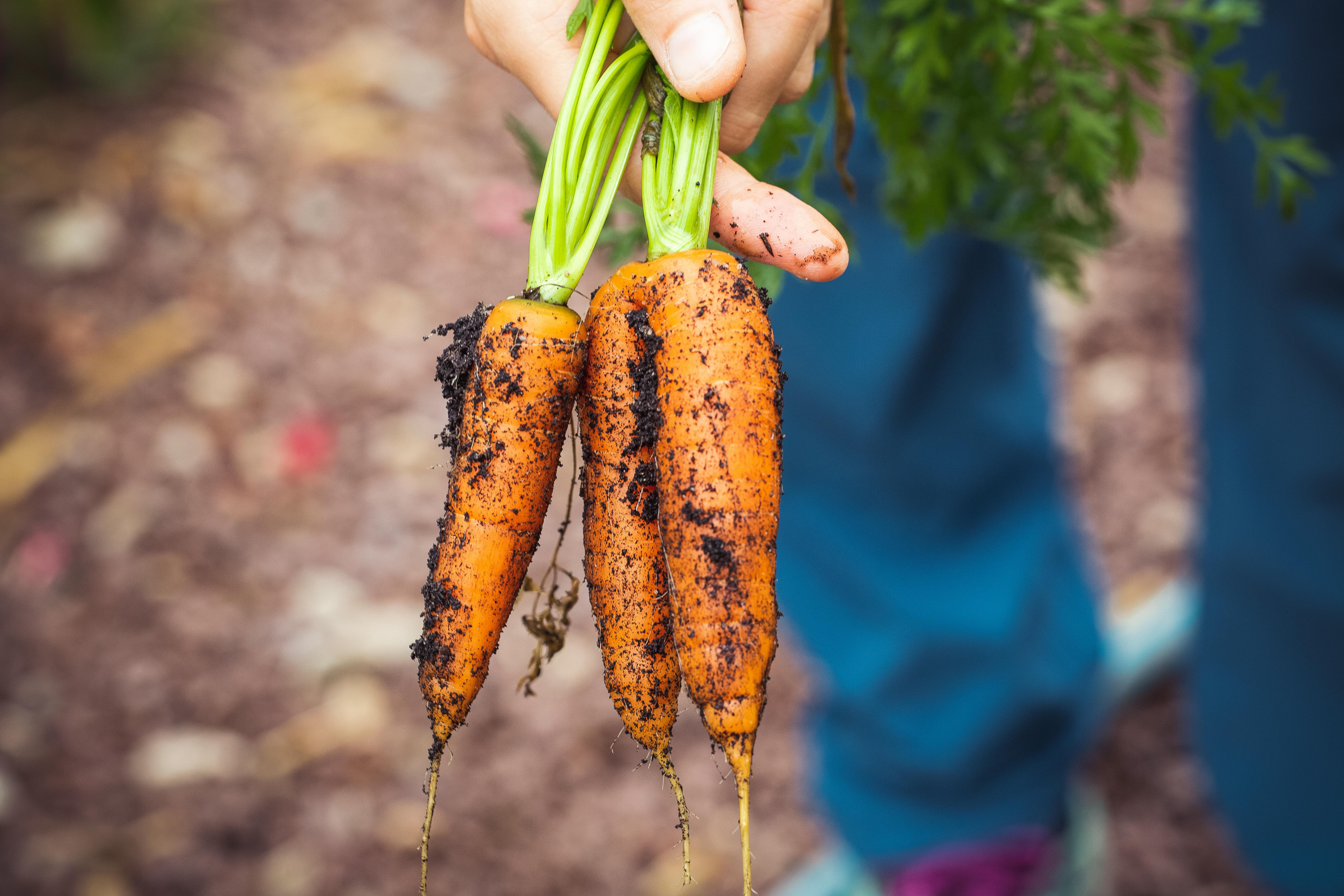Can AI Make Organic Farming More Scalable?
By - Blink AI Team / First Created on - July 19, 2025
- 🌾 Introduction: When Tradition Meets Technology
- 🛰️ 1. Precision Farming: Less Waste, More Growth
- 🐛 2. AI-Powered Pest Management: Keeping It Natural
- 🔁 3. Smarter Crop Rotation and Soil Health
- 🤖 4.Labor Optimization Through AI Tools
- 🌍 5. Market Insights and Demand Forecasting
- ⚖️ 6. Balancing Tech and Ethics
- 🌟 Conclusion: Growing Smarter, Not Just Bigger

🌾 Introduction: When Tradition Meets Technology
Organic farming has long been celebrated for its sustainable practices, minimal chemical use, and soil-friendly approach. But there’s one problem—it’s hard to scale. Limited yield, labor-intensive processes, and unpredictable conditions often make organic agriculture difficult to manage on a large scale.
Enter Artificial Intelligence. 🤖🌿
Can a technology built on algorithms help farmers nurture nature more effectively?
Can a technology built on algorithms help farmers nurture nature more effectively?
The answer is becoming increasingly clear: Yes. AI can be the catalyst to scale organic farming—without compromising its principles.
🛰️ 1. Precision Farming: Less Waste, More Growth
Organic farming thrives on balance—between soil health, pest control, and crop cycles. AI brings precision to that balance.
✨ How AI Helps:
-
Drones + AI-powered sensors monitor crop health, soil moisture, and nutrient levels in real time.
-
Machine learning algorithms analyze this data to determine exactly where and when to irrigate, rotate crops, or intervene naturally.
-
Result: Reduced water waste, improved yield, and healthier crops 🌿📊.
Unlike chemical-heavy industrial farming, organic farms must rely on data to act intelligently. AI makes that not just possible—but practical.
🐛 2. AI-Powered Pest Management: Keeping It Natural
Pest control is one of the biggest challenges in organic farming because synthetic pesticides are off the table. 🌾🪲
💡 AI’s Contribution
-
Image recognition algorithms scan crops for early signs of pest infestations.
-
AI identifies pest types and suggests natural remedies—like introducing beneficial insects or specific plant-based repellents.
-
Some AI systems even predict pest outbreaks based on weather and historical data, giving farmers time to prepare 🌦️🧪.
This way, farmers avoid unnecessary crop damage and stay true to organic principles.
🔁 3. Smarter Crop Rotation and Soil Health
Rotating crops is essential in organic farming to avoid depleting soil nutrients. But planning it across large farms is a puzzle.
AI can:
-
Map nutrient levels across different fields
-
Suggest crop rotations based on soil needs, weather patterns, and market demand
-
Predict long-term soil fertility outcomes, ensuring sustainability 🌍🌻
Healthy soil = better produce = higher organic yields.
And with AI, managing soil health becomes less guesswork and more science.
And with AI, managing soil health becomes less guesswork and more science.
🤖 4.Labor Optimization Through AI Tools
Organic farms often require more manual labor—from weeding to harvesting. That makes labor one of the biggest scalability bottlenecks.
But AI-powered robots and smart tools are changing that:
-
Autonomous weeding machines that use computer vision to distinguish weeds from crops 🧠🌾
-
AI-assisted harvesters that pick only ripe fruits to avoid waste 🍓🛠️
-
Workforce scheduling apps that use AI to assign tasks based on urgency, weather, and crop readiness ⏱️👩🌾
Result? Less labor fatigue, reduced costs, and more efficiency—all without industrializing the farm.
🌍 5. Market Insights and Demand Forecasting
One of the unsung heroes of scalable organic farming is knowing what to grow and when.
AI-powered analytics help:
-
Predict which organic products will be in high demand 📈
-
Analyze local and global trends based on social media, consumer buying patterns, and supply chain shifts
-
Reduce overproduction and optimize farm-to-market timelines 🛒🚜
Farmers don’t need to be economists anymore—AI does the heavy lifting.
⚖️ 6. Balancing Tech and Ethics
Of course, organic farming is as much about values as it is about yields. It’s vital that AI respects those values.
Here’s how to keep AI in line:
-
Use open-source, farmer-first tools 🧑🌾🧩
-
Ensure transparency in data collection and usage
-
Preserve biodiversity and avoid monoculture trends even if AI "optimizes" for them
-
Integrate human intuition and community knowledge with machine learning
Remember: AI is a tool—not a replacement for good farming practices. It works best when guided by the wisdom of experienced growers.
🌟 Conclusion: Growing Smarter, Not Just Bigger
Organic farming isn’t just a trend—it’s a necessity for a healthier planet. But without innovation, it risks staying niche and unscalable.
AI offers a way forward—a bridge between mindful agriculture and modern efficiency.
It enables organic farmers to grow more, waste less, and stay rooted in sustainability. 🌱🧠
It enables organic farmers to grow more, waste less, and stay rooted in sustainability. 🌱🧠
So, can AI make organic farming scalable?
Absolutely—if we let it assist, not replace, the farmer.
Absolutely—if we let it assist, not replace, the farmer.